
Tell your friends about this item:
Chemisorption and Reactivity on Supported Clusters and Thin Films: Towards an Understanding of Microscopic Processes in Catalysis - Nato Science Series E:
Lambert
Chemisorption and Reactivity on Supported Clusters and Thin Films: Towards an Understanding of Microscopic Processes in Catalysis - Nato Science Series E:
Lambert
Proceedings of the NATO Advanced Study Institute, Erice, Trapani, Sicily, July 15-26, 1996
Marc Notes: Proceedings of the NATO Advanced Study Institute on Chemisorption and Reactivity on Supported Clusters and Thin Films--Towards an Understanding of Microscopic Processes in Catalysis, Erice, Trapani, Sicily, July 15-26, 1996--T.p. verso.; Published in cooperation with NATO Scientific Affairs Division.; Includes bibliographical references and index. Table of Contents: Preface. Introduction to Heterogeneous Catalysis; R. M. Lambert. Thin Films as Model Catalysts; D. R. Rainer, D. W. Goodman. Metal Deposits on Thin Well Ordered Oxide Films: Morphology, Adsorption and Reactivity; M. Baumer, et al. The Growth and Stability of Ultrathin Films on Metal and Oxide Surfaces; T. E. Madey. Size Effects in Heterogeneous Catalysis: A Surface Science Approach; C. Henry, et al. Supported Clusters, Structure, Reactivity and Microscopic Processes in Catalysis; M. Ichikawa. Quantitative Determination of Molecular Adsorbate Structures; D. P. Woodruff. The Structure and Reactivity of TiO2(110) Supported Palladium and Rhodium; B. E. Hayden. Angle-Scanned Photoelectron Diffraction: A Structural Probe for Near-Surface: Atomic Layers; G. Granozzi, M. Sambi. Co-Adsorption on Metal-Oxide Crystal Surfaces: Cases of CO/Cu/ZnO(0001) and CO2/Na/TiO2(110); P. J. Moller. Theory of Adsorption and Surface Reactions; B. Hammer, J. K. Norskov. Density Functional Cluster Calculations on Metal Deposition at Oxide Surfaces; N. Rosch, G. Pacchioni. Theory of Heterogeneous Catalytic Reactivity Using the Cluster Approximation; R. A. van Santen. Cluster Modelling of Oxide Surfaces: Structure, Adsorption and Reactivity; G. Pacchioni. Theoretical Modelling of Chemisorption and Reactions on Metal-Oxide Surfaces; L. G. M. Pettersson, et al. Stability of Polar Oxide Surfaces: Oxygen Vacancies and Non-Stoichiometric Reconstructions; C. Noguera, et al. Computer Simulation of Structural, Defect and Surface Properties of Solids; C. R. A. Catlow, et al. Index."Publisher Marketing: Heterogeneous catalysis provides the backbone of the world's chemical and oil industries. The innate complexity of practical catalytic systems suggests that useful progress should be achievable by investigating key aspects of catalysis by experimental studies on idealised model systems. Thin films and supported clusters are two promising types of model system that can be used for this purpose, since they mimic important aspects of the properties of practical dispersed catalysts. Similarly, appropriate theoretical studies of chemisorption and surface reaction clusters or extended slab systems can provide valuable information on the factors that underlie bonding and catalytic activity. This volume describes such experimental and theoretical approaches to the surface chemistry and catalytic behaviour of metals, metal oxides and metal/metal oxide systems. An introduction to the principles and main themes of heterogeneous catalysis is followed by detailed accounts of the application of modern experimental and theoretical techniques to fundamental problems. The application of advanced experimental methods is complemented by a full description of theoretical procedures, including Hartree-Fock, density functional and similar techniques. The relative merits of the various approaches are considered and directions for future progress are indicated.
Contributor Bio: North Atlantic Treaty Organization Dedication. Preface. Acknowledgments. Clifford Geometric Algebras in Multilinear Algebra and Non-Euclidean Geometries.- Geometric algebra Projective Geometries; Affine and other geometries; Affine Geometry of pseudo-euclidean space; Conformal Geometry and the Horosphere; References. Content-Based Information Retrieval by Group Theoretical Methods.- Introduction; Motivating Examples; General Concept; Fault Tolerance.- Applications, Prototypes, and Test Results; Related Work and Future Research; References.- Four Problems in Radar.-Introduction; Radar Fundamentals; Radar Waveforms; Signal Processing; Space-Time Adaptive Processing; Four Problems in Radar; Conclusions. Introduction to Generalized Classical and Quantum Signal and System Theories on Groups and Hypergroups.-Generalized classical signal/system theory on hypergroups; Generalized quantum signal/system theory on hypergroups; Conclusion; References. Lie Groups and Lie Algebras in Robotics.- Introduction -- Rigid Body Motions; Lie Groups; Finite Screw Motions; Mechanical Joints; Invisible Motion and Gripping; Forward Kinematics; Lie Algebra; The Adjoint Representation; The Exponential Map Derivatives of Exponentials; Jacobians; Concluding Remarks; References. Quantum/Classical Interface: a Geometric Approach from the Classical Side.- Introduction Paravector Space as Spacetime; Eigenspinors; Spin; Dirac Equation; Bell's Theorem; Qubits and Entanglement; Conclusions; References. PONS, Reed-Muller Codes, and Group Algebras.- Introduction; Analytic Theory of One-Dimensional PONS (Welti); Shapiro Sequences, Reed-Muller Codes, and Functional Equations; Group Algebras; Reformulation of Classical PONS; Group Algebra of Classical PONS; GroupAlgebra Convolution; Splitting Sequences; Historical Appendix on PONS; References. Clifford Algebras as a Unified Language.- Introduction; Clifford algebras as models of physical spaces; Clifford Algebras as Models of Perceptual Multicolor Spaces; Hypercomplex-Valued invariants of nD multicolor images; Conclusions; Acknowledgments; References. Recent Progress and Applications in Group FFTs.-Introduction; Finite group FFTs; FFTs for compact groups; Noncompact groups; References. Group Filters and Image Processing.- Introduction: Classical Digital Signal Processing; Abelian Group DSP; Nonabelian Groups; Examples; Group Transforms; Group Filters; Line-like Images; Acknowledgments; References. A Geometric Algebra Approach to Some Problems of Robot Vision.- Introduction; Local Analysis of Multi-dimensional Signals; Knowledge Based Neural Computing; Acknowledgments; References. Group Theory in Radar and Signal Processing.- Introduction; How a Radar Works; Representations; Representations and Radar; Ambiguity Functions; The Wide Band Case; References. Geometry of Paravector Space with Applications to Relativistic Physics.- Clifford Algebras in Physics; Paravector Space as Spacetime; Interpretation; Eigenspinors; Maxwell's Equation; Conclusions; References. A Unified Approach to Fourier-Clifford-Prometheus Transforms- Introduction; New construction of classical and multiparametric Prometheus transforms; PONS associated with Abelian groups; Fast Fourier-Prometheus Transforms; Conclusions; Acknowledgments; References. Fast Color Wavelet Transforms.- Introduction; Color images; Color Wavelet-Haar-Prometheus transforms; Edge detection and compression of color images; Conclusion; Acknowledgments; References. Selected Problems; Various Authors.- Transformations of Euclidean Space and Clifford Geometric; Algebra; References; On the Distribution of Kloosterman Sums on Polynomials over Quaternions; References; Harmonic Sliding Analysis Problems; References; Spectral Analysis under Conditions of Uncertainty; A Canonical Basis for Maximal Tori of the Reductive Centrizer of a Nilpotent Element; References; 6 The Quantum Chaos Conjecture References; Four Problems in Radar; Topic Index; Author Index
| Media | Books Hardcover Book (Book with hard spine and cover) |
| Released | February 28, 1997 |
| ISBN13 | 9780792344483 |
| Publishers | Kluwer Academic Publishers |
| Pages | 532 |
| Dimensions | 155 × 235 × 30 mm · 934 g |
| Editor | Lambert, Richard M. |
| Editor | Pacchioni, G. |
More by Lambert
Others have also bought
See all of Lambert ( e.g. Book , Paperback Book , CD , LP and Hardcover Book )

 Christmas presents can be returned until 31 January
Christmas presents can be returned until 31 January










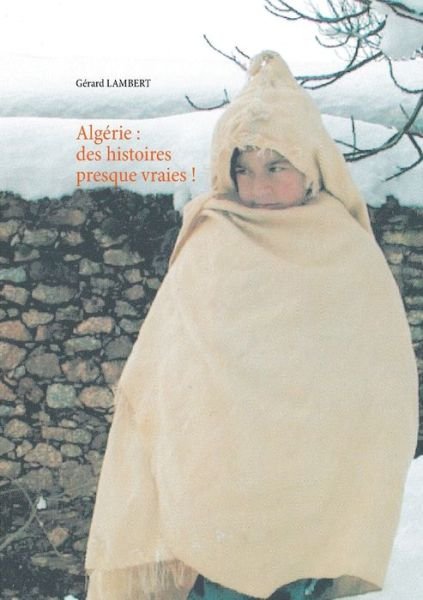




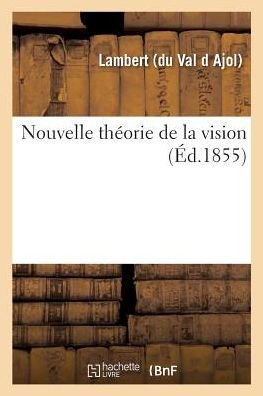


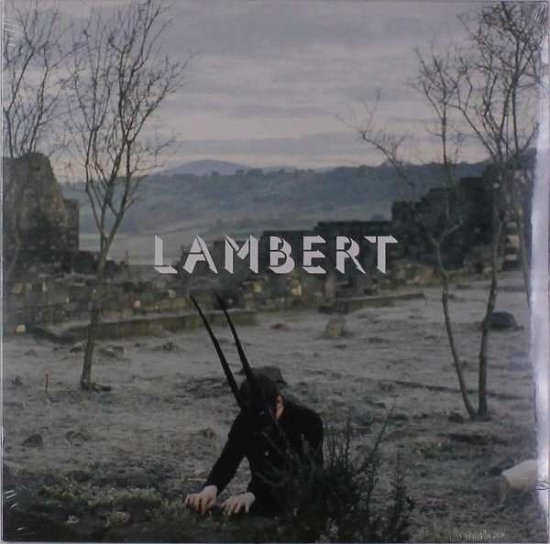
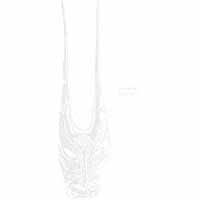
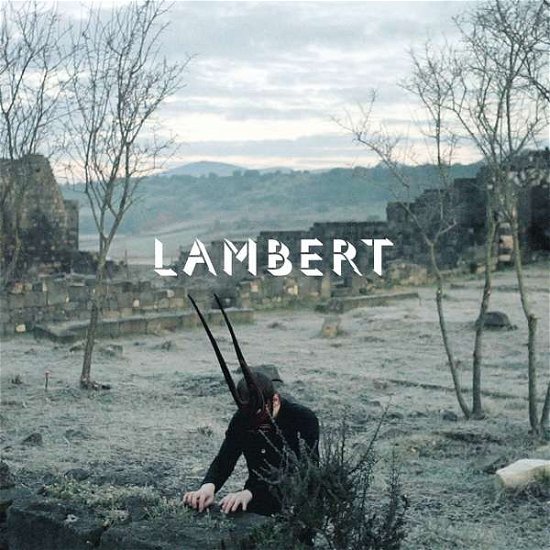
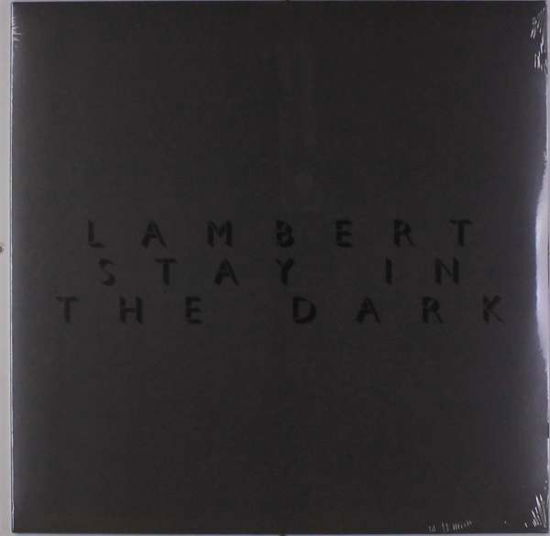




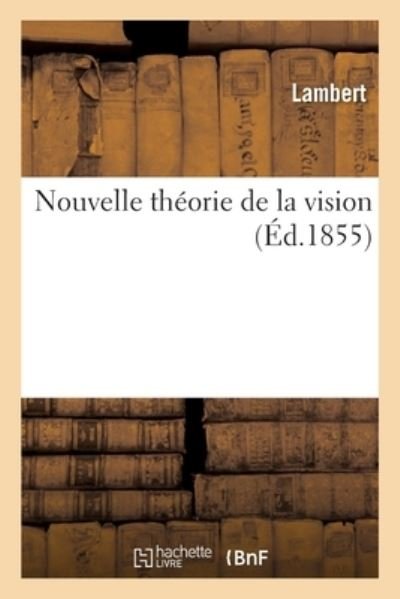


![Cover for Lambert · Sweet Apocalypse (CD) [Digipak] (2017)](https://imusic.b-cdn.net/images/item/original/875/0028948151875.jpg?lambert-2017-sweet-apocalypse-cd&class=scaled&v=1490547757)
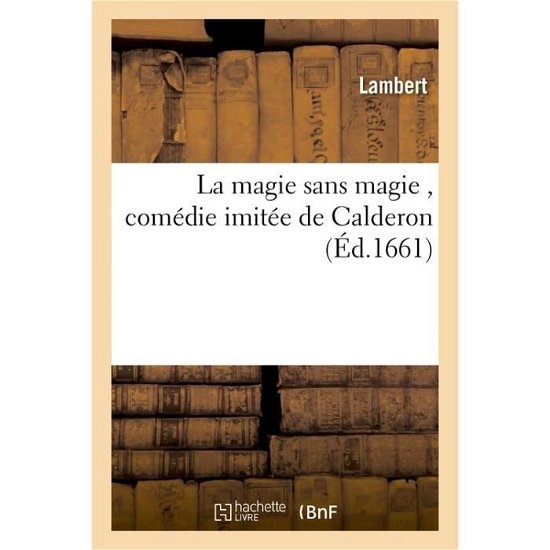


![Cover for Lambert · Douce Felicite (CD) [Digipak] (2017)](https://imusic.b-cdn.net/images/item/original/722/5410939802722.jpg?lambert-2017-douce-felicite-cd&class=scaled&v=1491216001)
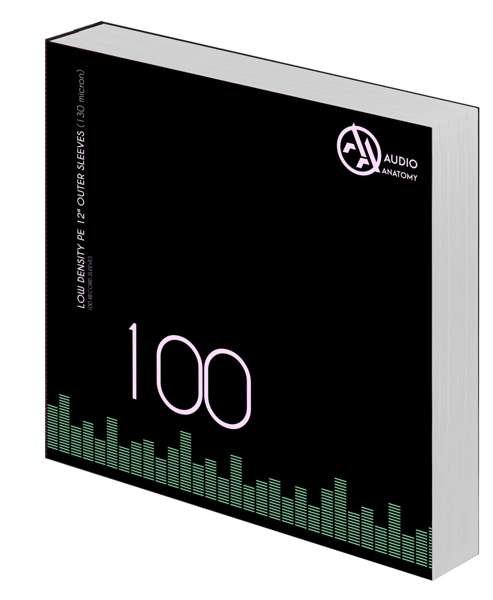
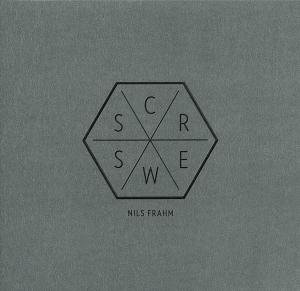


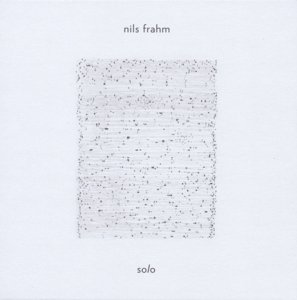
![Cover for Bonobo · Black Sands (CD) [Digipak] (2020)](https://imusic.b-cdn.net/images/item/original/126/5021392584126.jpg?bonobo-2020-black-sands-cd&class=scaled&v=1449774123)
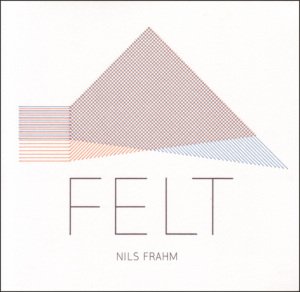



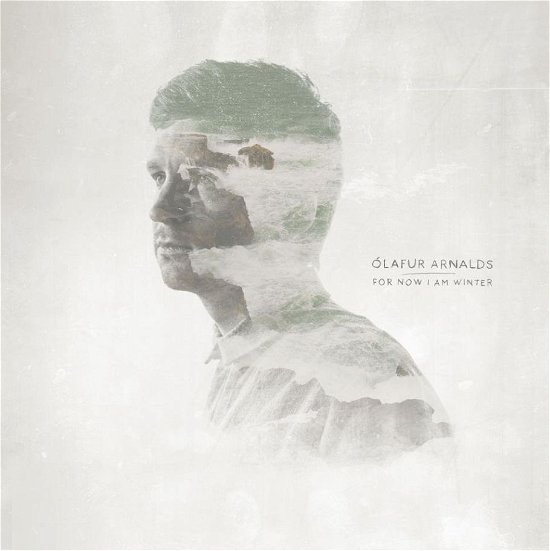
![Cover for Jon Hopkins · Late Night Tales: Jon Hopkins (CD) [Limited edition] (2015)](https://imusic.b-cdn.net/images/item/original/269/5060391090269.jpg?jon-hopkins-2015-late-night-tales-jon-hopkins-cd&class=scaled&v=1423240092)





